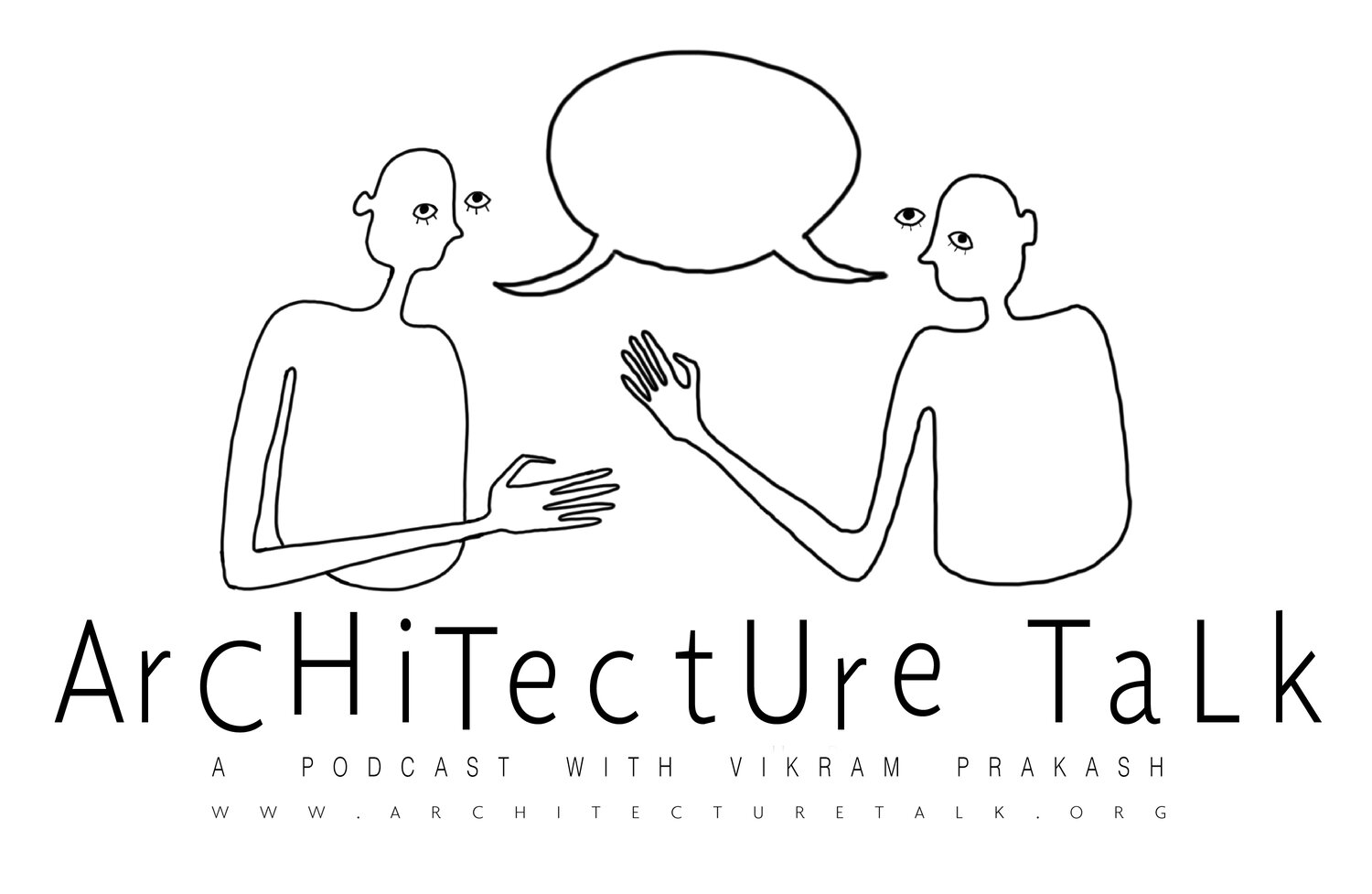84. Teaching Architecture under the Regime of Zoom with Nandan Balsavar
Original Drawing by Tori Haynes
“The home becomes a laboratory of a cultural landscape that comes into the studio. It becomes a gathering of oral histories from many generations of family.”
Nandan Balsavar
What happens when your home becomes your laboratory for architectural learning and speculation? According to Nandan Balsavar, Zoom enables his students to incorporate the oral histories from generations of family members into regular lessons. This week, we’ll be discussing architectural pedagogy, culturally inherited forms of knowledge, and teaching under the regime of Zoom with educator and architect Nandan Balsavar!
Timestamp Outline
1:48 Introduction to Nandan Balsavar
2:44 “How is unbridled architectural intellectuality doing in India in the times of Narendra Modi and COVID-19 under the regime of zoom and social isolation?” VP
4:54 Discussion of a new normal to zoom. The difference of online space now and a few years back.
6:02 “What happens between digital virtual space and the embodied experience? How do the two start conversing in a way that you can create another kind of experience?” NB
7:10 “CAD replaced the pencil but took away the embodied experience between hand and mind.” NB
8:00 “Zoom has brought user friendliness to the communication at best. But studio communications have not managed to convey design through zoom.” NB
8:52 “Several new imagtionans are evoked, the same zoom (video platform) can become an anchor to reopen new imagination.” NB
11:10 “When students first enter that first studio space, it's about cleansing of the person's past and introducing the idea of modernity.” NB
11:48 “What happens when the student’s location is the home and not the studio? A Virtual learning community is created. The studio as a spatial imagination has been extended across the world.” NB
12:31 “What zoom does is make the studio room the size of India. Or bigger.” VP
14:00 Reconstitution of the boundary of the studio space.
14:46 “Changing the program by removing the idea of a program. Instead start reimagining the home as the laboratory.” NB
18:29 “What happens when the students start to engage in the reality of their own home and reimagine their home in several layers?” NB
19:12 “How does this decentering of the studio via zoom interact with and critique the traditional studio with it’s opposite imagination where you would be in one space and possibly working on a distant site somewhere else?” VP
20:40 “The traditional understanding of distancing ourselves from the act of making from the act of drawing, setting up a subject and object conversation, a more embodied experience had to be stretched.” NB
26:00 Discussion of traditional value of architecture as a space of convening of bodies remaining in place and in power.
29:25 “Zoom education as a voyeurist national geographic channel between the students.” NB
31:41 Discussion of sanctioned voyeurism, participatory voyeurism. Mention of Paris, Texas (1984) in relation to the video booths and participatory voyeurism.
32:55 Mention of interview with Rajinikanth about social media and acting life versus real life, an alternate layer.
34:54 Discussion of one student from the Khasi community in North-Eastern India and how the Khasi community home differs.
37:13 Discussion of participation and performance enabled by Zoom.
40:50 Changing the medium of conversation in terms of spontaneity in conversation.
46:10 “Will you come back to the deadly studio space with blank walls? That’s going to feel like a desert.” VP







